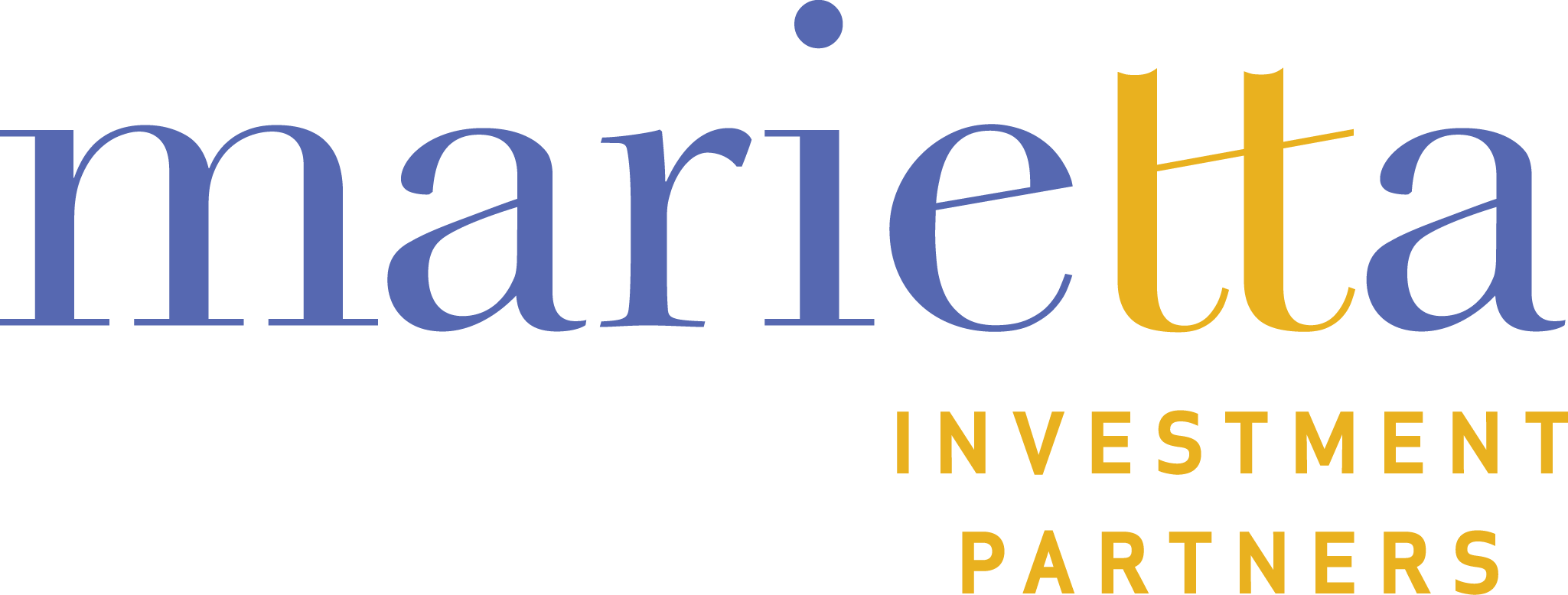Uncertainty and volatility dominate the 2022 outlook for global and US economic growth and financial markets. Investors agree that the major issues include inflation, COVID-19, central bank activity, labor and supply chain disruptions, the potential for international upheaval, and developments leading up to the US midterm election. What is hotly debated is how these issues will interact to impact the investment results for the year. The three most prominent scenarios currently debated in the media are highly divergent and range from strong optimism to alarming pessimism: moderate growth, hyperdrive economy, and recession risk. As the year progresses, we expect incoming data to change the prevailing viewpoint, resulting in sudden and dramatic shifts in financial markets. At this point, we do not think any one of the three scenarios warrants a greater than 50% probability for the year, and we advise against excessive reliance on any one of these investment narratives occurring comprehensively. Rather, our recommendation is that investors focus on their long-term strategy, exercise patience and discipline, emphasize quality and diversification, and avoid the temptation of market-timing or chasing short-term trends.
We assign a 50% probability to the moderate growth scenario, which most closely reflects our current US outlook of 3-4% GDP expansion, a 10-15% rise in corporate earnings, and an advance of 8-12% in the S&P 500 Index. The “Goldilocks” forecast, which we consider the most correct, anticipates meaningful progress in the COVID-19 battle in the first quarter; we do not expect the Omicron variant to significantly damage the economy for the rest of the year. This will permit a boost to employment, consumer and business spending, and corporate earnings. The most likely threat to the recovery will come from the potential emergence of a new virus variant. We also agree with the moderate growth scenario’s assertion that inflation will rise early in the year, but then stabilize. A modest decline in inflation could occur as supply chain disruptions are ironed out, pent-up consumer spending during the COVID-19 period is satisfied, demand shifts from products to services, the more restrictive policy of the Federal Reserve takes hold, extraordinary fiscal stimulus policies lapse, and a gradual decline in labor shortages reduces the risk of a wage/price spiral. A relaxation in the threat of runaway inflation will permit the Federal Reserve to initiate its highly awaited rate hike cycle in a gradual and non-threatening way to the stock and bond markets.
The second scenario, which we accord a 35% probability, assumes that the economy becomes overheated, and inflation spirals out of control. As in the moderate growth scenario, the expectation here is that the virus situation ceases to impact negatively the economy. However, labor shortages and wage gains persist, and consumers and businesses adopt inflation as a major consideration in their decision making. Supporters of this scenario also point to the likelihood that a concurrent reopening of international economies will elevate commodity prices, including oil. The result will be a rise in both GDP and inflation, somewhat reminiscent of the 1970s. In the meantime, the Federal Reserve will confront a rising criticism that they have responded too slowly, too indecisively, and in short, that they are behind the curve.
The most pessimistic scenario, which we designate a 15% probability, projects the likelihood of a surprise recession and bear market. Here the thinking is that inflation will rise dramatically and prompt the Federal Reserve into aggressive and repressive rate hikes. This is a development which has punctuated the US economy several times over the past 50 years. While we think this scenario is unlikely, we are carefully watching recession indicators including the Treasury yield curve, the unemployment rate and initial jobless claims, the price of oil, corporate profit margins, manufacturing and services PMIs, consumer confidence, and housing prices.
Each of the three above scenarios is associated with distinctive investment style outperformance. If the moderate growth forecast is correct there will be a double-digit stock market gain and a modest rise in bond yields. Growth stocks in the technology and consumer discretion industry sectors will lead the market higher, much as they have over the past decade. The hyperdrive economy scenario will produce a surge in the economy and corporate profits. The tide will be strong enough to lift all equity boats, but the leaders will be value stocks in the financial, materials, and industrial sectors. In the recession risk scenario, the market could well drop 20% or more and the best place for investors to limit losses and avoid volatility will be in the consumer staples and utilities sectors. Our current view is that investors should stay diversified and emphasize stocks of industry leading companies with strong management, and attractive recent earnings momentum and future potential.
Conditions in the international economies and financial markets resemble the US. The IMF projects 2022 GDP to increase about 5.0% in both the developed and emerging country groups. We predict, however, considerable divergence as countries battle COVID-19 with mixed success. China and Europe will be the keys to the general outcome. The situation in China is worrisome: the government is taking ever more severe steps to impose its control over significant sectors of the economy, and at the same time, adopt restrictive policies to combat the virus. Also looming is a potential real estate crisis which could threaten a national financial upheaval. These myriad challenges are expected to slow the recovery and further exacerbate supply chain disruptions. On the other hand, if the government is successful in its virus containment measures and simultaneously stimulates the economy, there could well be a large boost to global demand. The stocks of Chinese companies were severely damaged in 2021 and we think a period of improved credibility is necessary to restore long-term investment prospects.
The economies and equity markets of Europe have been underperformers relative to the US for so long that it would be easy to dismiss the possibility of a renaissance. Yet, this may happen in 2022. European companies and economies are in the best position relative to the rest of their international competitors as they have been in years, sporting solid GDP growth, higher vaccination rates, strong corporate balance sheets, and healthy consumers ready to spend. The political authorities and the European Central Bank are determined to keep economies open and vibrant. European stocks, particularly in the financial, industrial, and consumer sectors, could well provide positive earnings and stock price surprises.
A major factor influencing all financial markets, in particular the bond market, will be the response of investors to the new policies of the Federal Reserve. We think that a key component of a moderate growth scenario will be a rise in bond yields, with the yield on the benchmark 10-year US Treasury Note topping 2.0%. In the hyperdrive economy scenario with higher inflation, the 10-year US Treasury Note could even top 3.0%. We do not consider these yields to be competitive with the total return potential of common stocks, and bonds with maturities more than 10 years could well experience a negative total return. The major attractiveness of bonds will be to provide portfolio stabilization in the event of a surprise recession and bear stock market.

